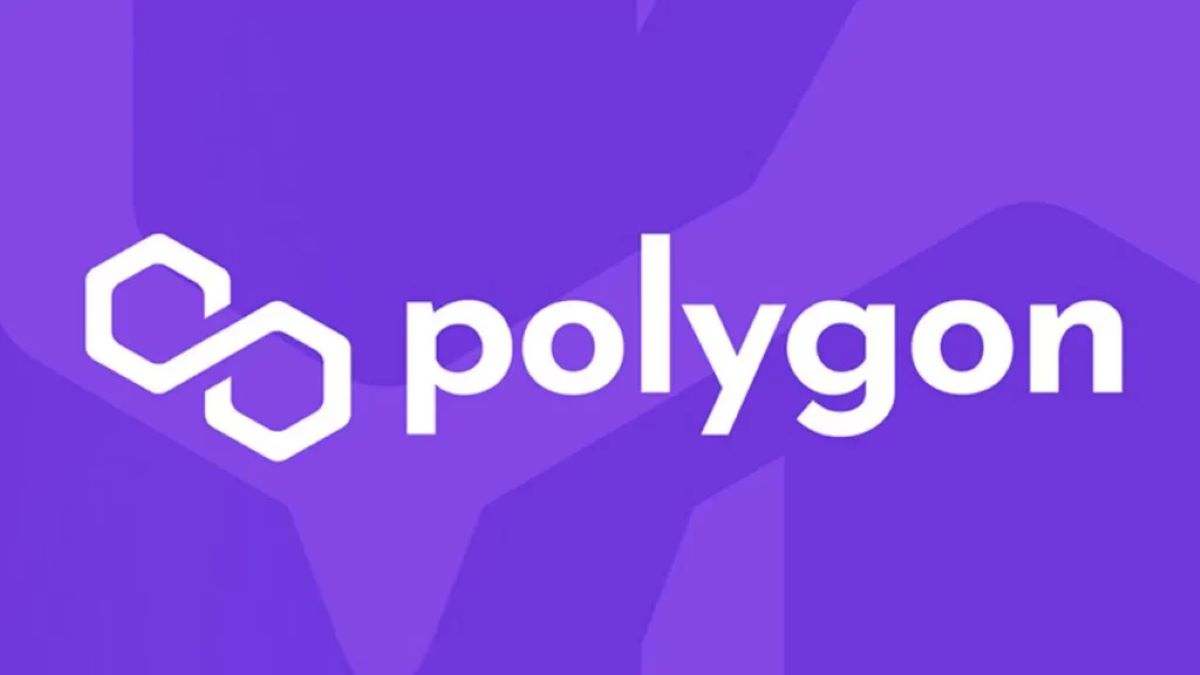NFTs are changing how we interact with digital assets. Amidst this growing interest, the Polygon ecosystem has emerged as a popular choice for creating and trading NFTs. In this comprehensive guide, we’ll explore the benefits of Polygon NFTs and dive into the exciting world of scalable and sustainable digital collectibles.
The Advantages of Polygon NFTs
Unparalleled Scalability: Polygon boasts an impressive transaction speed and high throughput, thanks to its Layer-2 scaling solution. This makes it an ideal choice for NFT platforms, as it can handle thousands of transactions per second. As a result, users can expect seamless and swift interactions with their NFT assets.
Affordable Transaction Fees: One of the most significant advantages of Polygon is its low transaction fees. Ethereum, the leading platform for NFTs, often suffers from high gas fees that deter users from engaging with the market. Polygon solves this issue by offering lower fees, enabling creators and collectors to enjoy a more cost-effective NFT experience.
Environmentally Conscious: In addition to its scalability and affordability, Polygon is an environmentally friendly platform. Its Proof-of-Stake (PoS) consensus mechanism consumes far less energy than the traditional Proof-of-Work (PoW) model used by Ethereum. Consequently, Polygon NFTs contribute to a reduced carbon footprint, making them a greener choice for the NFT community.
Cross-Chain Interoperability: Polygon NFTs offer cross-chain compatibility, allowing users to transfer assets between Ethereum and the Polygon network seamlessly. This interoperability enables users to take advantage of both ecosystems, creating a more versatile and accessible NFT experience.
NFT Marketplaces: OpenSea, the largest NFT marketplace, has integrated Polygon into its platform, providing users with a more efficient and cost-effective way to trade digital assets. This integration allows collectors to buy, sell, and discover unique Polygon NFTs alongside their Ethereum counterparts.
Digital Art Platforms: As digital art gains popularity, numerous artists and collectors have started embracing Polygon for its scalability and affordability. Tokenized art pieces on the Polygon network attract a wider audience, with many prominent artists and platforms choosing to mint their work on this eco-friendly platform.

Gaming and Virtual Worlds: Blockchain-based gaming platforms have also turned to Polygon for its ability to handle complex in-game NFT assets. With faster transaction speeds and lower fees, players can enjoy a more immersive and interactive gaming experience. These virtual worlds offer an array of NFT assets, such as virtual land, collectible items, and characters, all powered by Polygon technology.
NFT-based DeFi Platforms: Decentralized finance (DeFi) platforms have begun to leverage the potential of Polygon NFTs by offering innovative financial products and services. These platforms utilize tokenized real-world assets, such as real estate or commodities, to create new user investment opportunities.
Crafting a Polygon NFT: To create a Polygon NFT, users must first choose a platform that supports the Polygon network. After selecting the platform, creators can upload their digital assets, such as images, videos, or music files. They can then assign attributes and metadata to the digital asset, giving it unique characteristics and value.
The Minting Process: Once the digital asset is prepared, creators initiate the minting process, which involves setting up a smart contract on the Polygon network. This contract defines the NFT’s properties, such as its name, ownership, and token standards. Upon initiating the minting process, users will be prompted to pay a small gas fee for the transaction. After the transaction is confirmed, the NFT is minted and becomes a unique, non-fungible asset on the Polygon network.

Innovations in the NFT Space: As NFT technology continues to evolve, new use cases and applications are emerging. Polygon NFTs have the potential to transform industries like music, real estate, and even intellectual property management. Furthermore, the integration of NFTs with other technologies, such as augmented reality and virtual reality, can create immersive and interactive experiences for users.
Wider Adoption of Polygon NFTs: As awareness of Polygon NFTs grows, mainstream industries are beginning to embrace them for their unique advantages. Major brands, artists, and individual creators are exploring the potential of NFTs on the Polygon network, contributing to a more diverse and accessible market for digital assets.
Challenges and Risks: Despite the immense potential of Polygon NFTs, challenges and risks persist. Legal and regulatory hurdles may arise as governments and institutions attempt to navigate this rapidly growing industry. Additionally, market volatility and speculation can create uncertainty for both creators and collectors, making it essential for users to conduct thorough research and maintain a cautious approach.
Polygon NFTs offer a compelling alternative to traditional platforms, providing users with scalable, affordable, and environmentally friendly solutions for creating and trading digital assets. With a growing number of platforms and projects embracing the Polygon ecosystem, now is the perfect time to explore and engage with this exciting new frontier in the world of NFTs.
NFT-based DeFi platforms utilize tokenized real-world assets to create innovative financial products and services, offering new investment opportunities for users.
Polygon’s Layer-2 scaling solution enables it to handle thousands of transactions per second, providing swift interactions with NFT assets.
Polygon uses a Proof-of-Stake consensus mechanism, which consumes significantly less energy than the traditional Proof-of-Work model, resulting in a reduced carbon footprint.
OpenSea, the largest NFT marketplace, has integrated Polygon to provide users with a more efficient and cost-effective way to trade digital assets.
Polygon NFTs offer unparalleled scalability, affordable transaction fees, environmental sustainability, and cross-chain interoperability.
Challenges and risks include legal and regulatory hurdles, as well as market volatility and speculation, necessitating thorough research and caution from users.
Cross-chain interoperability allows users to seamlessly transfer assets between Ethereum and the Polygon network, offering a versatile and accessible NFT experience.
The minting process includes initiating the transaction, setting up a smart contract on the Polygon network, and paying a small gas fee for transaction confirmation.
Creating a Polygon NFT involves selecting a compatible platform, uploading digital assets, and assigning attributes and metadata to the asset.
Polygon’s lower transaction fees, compared to Ethereum, make it a more cost-effective choice for creators and collectors in the NFT market.
Credit: Source link

























